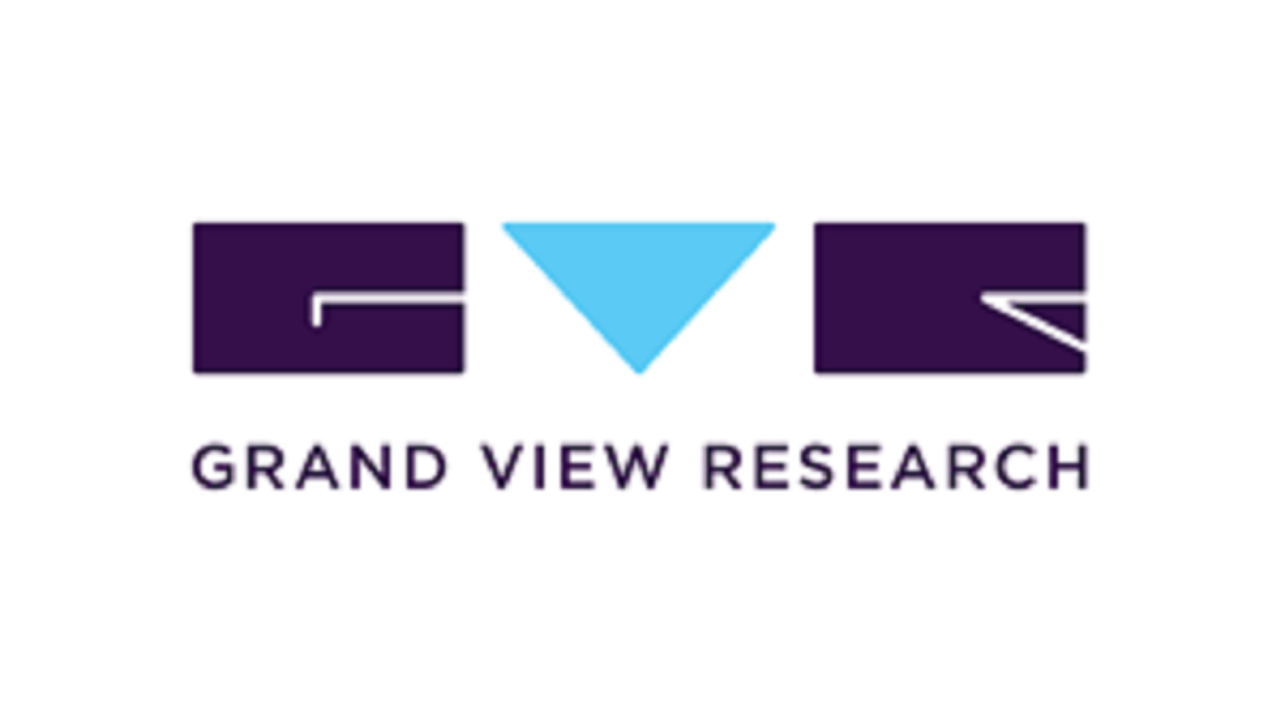Global HVAC Systems Market Outlook: Growth Drivers and Challenges (2025–2033)

The global HVAC systems market size was estimated at USD 241.52 billion in 2024 and is projected to reach USD 445.73 billion by 2033, growing at a CAGR of 7.0% from 2025 to 2033. The market’s growth is being driven by rising construction activities, rapid urbanization, and the increasing demand for thermal comfort across residential, commercial, and industrial buildings. As populations grow and urban centers expand, the need for efficient heating, ventilation, and air conditioning solutions continues to rise.
A key factor supporting market expansion is the implementation of energy efficiency regulations along with government incentives promoting smart and sustainable HVAC systems. These policies encourage both new installations and upgrades to existing systems that consume less energy and reduce operational costs. Technological innovations, including IoT-enabled monitoring, AI-driven optimization, and integration with renewable energy sources, are also driving adoption by offering enhanced system efficiency, predictive maintenance, and improved user control.
Government initiatives, such as rebates, incentive plans, and support for clean heating and cooling equipment across regions like North America and Europe, are expected to positively influence demand for HVAC systems. Additionally, growing concerns related to climate change and increasing awareness of indoor air quality are boosting investments in advanced air filtration and ventilation technologies, ensuring healthier and more comfortable living and working environments.
Key Market Trends & Insights:
• In 2024, Asia Pacific dominated the global HVAC systems market, capturing the largest revenue share of 46.8%. The region’s leadership is driven by rapid urbanization, extensive infrastructure development, and increasing adoption of energy-efficient HVAC solutions across residential, commercial, and industrial sectors. Growing population density and rising disposable incomes are also fueling demand for modern heating, ventilation, and air conditioning systems throughout Asia Pacific.
• In North America, the U.S. HVAC systems market is projected to expand at the fastest CAGR of 6.9% over the forecast period, supported by government incentives for energy-efficient equipment, smart HVAC technologies, and the ongoing replacement of outdated systems with modern, sustainable solutions.
• When analyzed by equipment type, the heating equipment segment is expected to register a considerable CAGR of 7.4% from 2025 to 2033 in terms of revenue. This growth reflects increasing investments in high-performance heating systems that provide reliable thermal comfort while minimizing energy consumption, especially in regions with colder climates.
• By application, the commercial segment is anticipated to grow at a significant CAGR of 7.6% from 2025 to 2033 in terms of revenue. Commercial establishments, including offices, retail spaces, and industrial facilities, are increasingly adopting advanced HVAC systems to enhance energy efficiency, ensure occupant comfort, and comply with sustainability standards.
• In terms of distribution channels, the online segment is expected to experience a notable CAGR of 7.8% from 2025 to 2033 in terms of revenue. The growing preference for online purchases is driven by convenience, wider product selection, competitive pricing, and the ability to access detailed product information and customer reviews, making e-commerce an increasingly popular channel for HVAC equipment procurement.
Order a free sample PDF of the HVAC Systems Market Intelligence Study, published by Grand View Research.
Market Size & Forecast:
• 2024 Market Size: USD 241.52 Billion
• 2033 Projected Market Size: USD 445.73 Billion
• CAGR (2025-2033): 7.0%
• North America: Largest market in 2024
Key Companies & Market Share Insights:
Some of the key players operating in the global HVAC systems market include Carrier Corporation, Daikin Industries, Ltd., and several other leading companies that drive innovation and set industry standards. These companies are instrumental in developing energy-efficient and technologically advanced HVAC solutions that cater to diverse applications across residential, commercial, and industrial sectors.
Carrier Corporation offers a comprehensive range of products and services, including heat pumps, air conditioners, boilers, furnaces, air purifiers, humidifiers, dehumidifiers, ventilators, air scrubbers, thermostats, UV lamps, energy services, and building controls. These solutions serve multiple sectors, such as retail, commercial, transportation, and foodservice, addressing both comfort and energy efficiency needs. Carrier was acquired by United Technologies Corporation in 1979, and later, in April 2020, it was re-established as an independent business, allowing the company to focus more strategically on innovation, sustainability, and global market expansion.
Daikin Industries, Ltd., a global leader in climate control solutions, provides a wide array of products including air-conditioning systems, room heating and heat pump hot water supply systems, room air conditioning systems, packaged air-conditioning systems, and specialized air conditioning systems for plants, facilities, and office buildings. Daikin’s solutions are known for their energy efficiency, reliability, and advanced technology, catering to a broad range of applications while supporting sustainable building practices.
Key Players
• Carrier Corporation
• DAIKIN INDUSTRIES Ltd.
• Fujitsu
• Haier Group
• Panasonic Corporation
• AAON
• Johnson Controls
• LG Electronics
• Lennox International Inc.
• Mitsubishi Electric Corporation
• Rheem Manufacturing Company
• SAMSUNG
• Trane
• Midea
• Danfoss AS
• Munters
• Frigidaire HVAC
• Bosch Group
• STULZ Air Technology Systems, Inc.
• Honeywell International Inc.
Explore Horizon Databook – The world's most expansive market intelligence platform developed by Grand View Research.
Conclusion:
The HVAC systems market is experiencing robust growth, driven by factors such as increased urbanization, rising construction activities, and a heightened demand for thermal comfort across residential, commercial, and industrial sectors. Technological advancements, including IoT-enabled monitoring, AI-driven optimization, and integration with renewable energy systems, are further propelling the adoption of smart and sustainable HVAC solutions.
- Art
- Causes
- Crafts
- Dance
- Drinks
- Film
- Fitness
- Food
- Giochi
- Gardening
- Health
- Home
- Literature
- Music
- Networking
- Altre informazioni
- Party
- Religion
- Shopping
- Sports
- Theater
- Wellness


